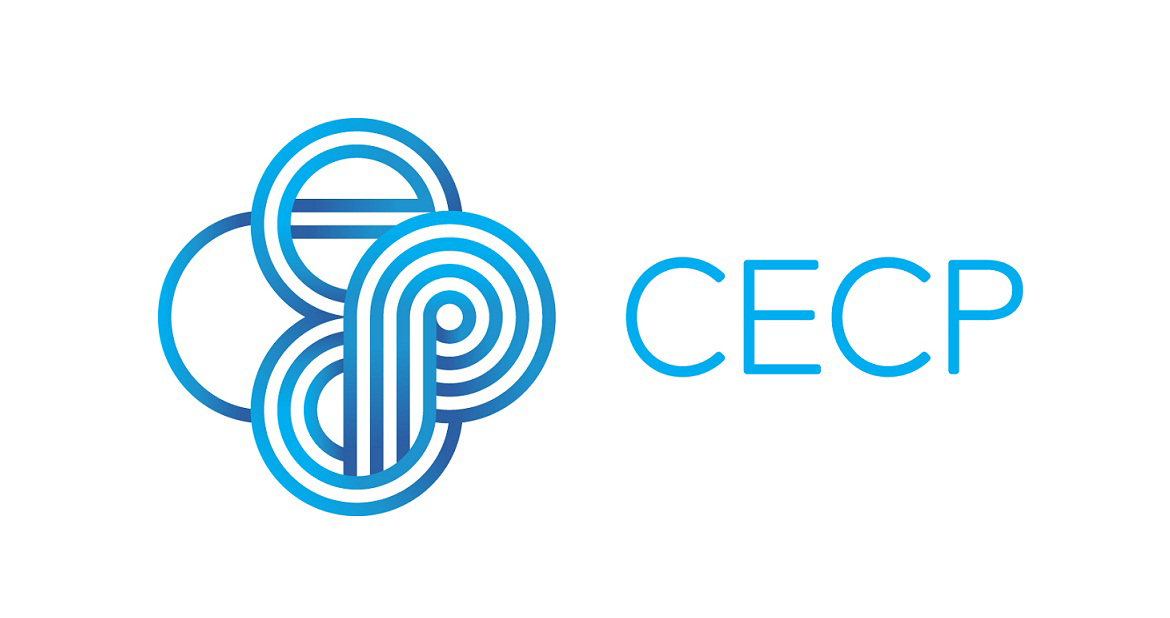New CECP Data Report on Corporate Philanthropy Shows that the Majority of Companies Gave Less in 2009, but Contributions in Aggregate Rose
Increases attributed to large non-cash donations and corporate mergers
(3BLMedia/theCSRfeed) October 27, 2010 - Today, the Committee Encouraging Corporate Philanthropy (CECP) released Giving in Numbers: 2010 Edition, the CEO membership organization’s annual report on corporate giving, drawing from over $70 billion in historical data since 2001. 171 prominent companies participated in the survey on 2009 contributions, including 61 of the Fortune 100. Giving in Numbers represents the industry’s first comprehensive look at 2009 giving trends and is the only report made publicly available. Alison Rose, Manager, Standards and Measurement, said, “While this analysis is written for corporate giving professionals, for whom it serves as a powerful tool positioning their giving in the larger field of corporate philanthropy, it also provides invaluable insight for journalists, consultants, nonprofit executives, and others interested in understanding the ways that corporations are leveraging their cash and non-cash resources to continue to support their communities, even in difficult economic times.”
To accurately portray the magnitude of changes in total giving at a company level, CECP provides a distribution demonstrating the major trends, showing that giving fell at 59% of companies in 2009, with 40% of companies decreasing by 10% or more. Comparatively, 36% of companies increased giving, with 20% of companies increasing by 10% or more. 5% of respondents experienced negligible changes in giving levels.
In contrast, aggregate corporate giving in CECP’s four-year matched set of 95 companies rose in 2009 to $9.93 billion, up 7% from 2008 and reaching the highest value in four years. The increase is largely attributable to corporate mergers resulting in combined giving budgets and increased donations of medicine by pharmaceutical companies, which were quick to respond when millions of Americans lost their health insurance due to unemployment.
In a recent CECP poll of leading CEOs and giving officers, a clear majority in both groups reported that they believe it is necessary to take a proactive approach in solving social problems important to their business because, as corporate citizens, they are in a unique position to make a difference. One distinctive aspect of corporate giving is the tremendous potential of its non-cash contributions, which represent valuable products and professional services for which nonprofits would otherwise have to pay. Of all the giving types, non-cash proved to be the most volatile, with more than half of companies reporting changes in non-cash giving greater than 25% or less than 25%. Despite these fluctuations, aggregate non-cash giving rose by 16% over the previous year. By comparison, two-thirds of companies reduced their cash contributions, dropping to its lowest point in four years.
In addition, faced with mandated company-wide spending reductions, foundation endowment declines, and overall financial pressure to remain lean, companies had to make difficult decisions about grant recipients, employee engagement programs, management structures, and program costs. The Giving in Numbers report details how companies responded:
-
Programs serving basic needs, such as Health and Social Services and Community and Economic Development, were the only two focus areas that experienced an increase in corporate cash contributions.
-
Companies became more targeted in their giving, rather than spreading corporate funding across multiple social issues. Furthermore, the number of grants per full-time contributions staff member decreased, but the dollar value of these grants increased.
-
As one way to maintain grant funding levels and reduce administrative expenses, 53% of companies reduced their management and program costs, the majority of those by 10% or more.
-
Companies continued to enhance the opportunities for employee volunteerism and pro bono service. Over the past three years, the percentage of companies offering paid-release time during the normal workday for employees to volunteer increased by almost 20%, and the number of companies offering pro bono service programs continues to grow.
-
46% of companies reported increased contributions through their matching gift programs, attributed to both increased employee participation and raised limits for the corporate match.
Special sections in the 2010 Edition of Giving in Numbers include:
-
Comparisons of CECP’s data sources and methodology to Giving USA, The Chronicle of Philanthropy, and The Foundation Center.
-
Case Study on pharmaceutical companies’ Patient Assistance Programs (PAPs)
-
Case Study on the how corporations are engaging their consumers, suppliers, and employees in fundraising efforts.
-
Fortune 100 companies’ program priorities in corporate giving.
CECP9958

